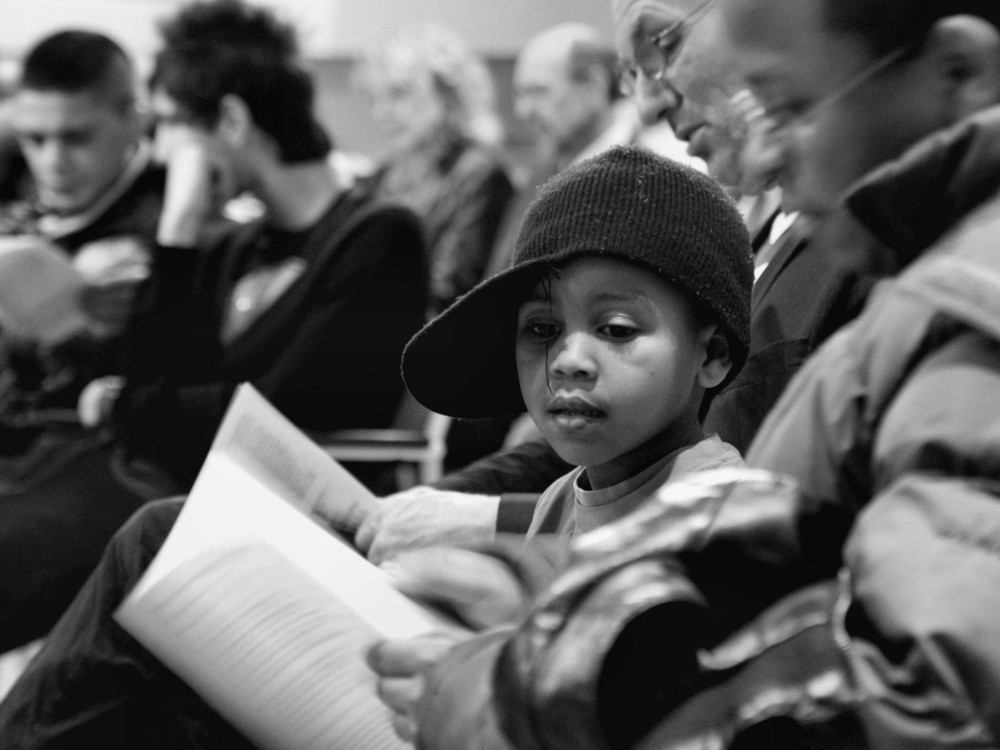The world is facing an unprecedented refugee crisis, with 65 million displaced people worldwide. In response, the Obama administration has pledged to resettle more refugees in the United States—an increase from 85,000 in 2016 to 110,000 in 2017.
Critics of this pledge are playing on xenophobic themes to make their pitch in an election year. Donald Trump predicts that we’ll see a “flood” of refugees. Thirty governors have demanded that the federal government not send Syrians to their states. In the governor’s race in Montana, one election mailer promised that the Republican candidate would “stand up to dangerous refugee programs” and refuse entry to “unvetted refugees.”
Much of this reaction is based on a deep misunderstanding of how U.S. refugee resettlement actually works. Three million refugees have resettled in this country since 1975—through a careful, time-tested process that we can be proud of.





